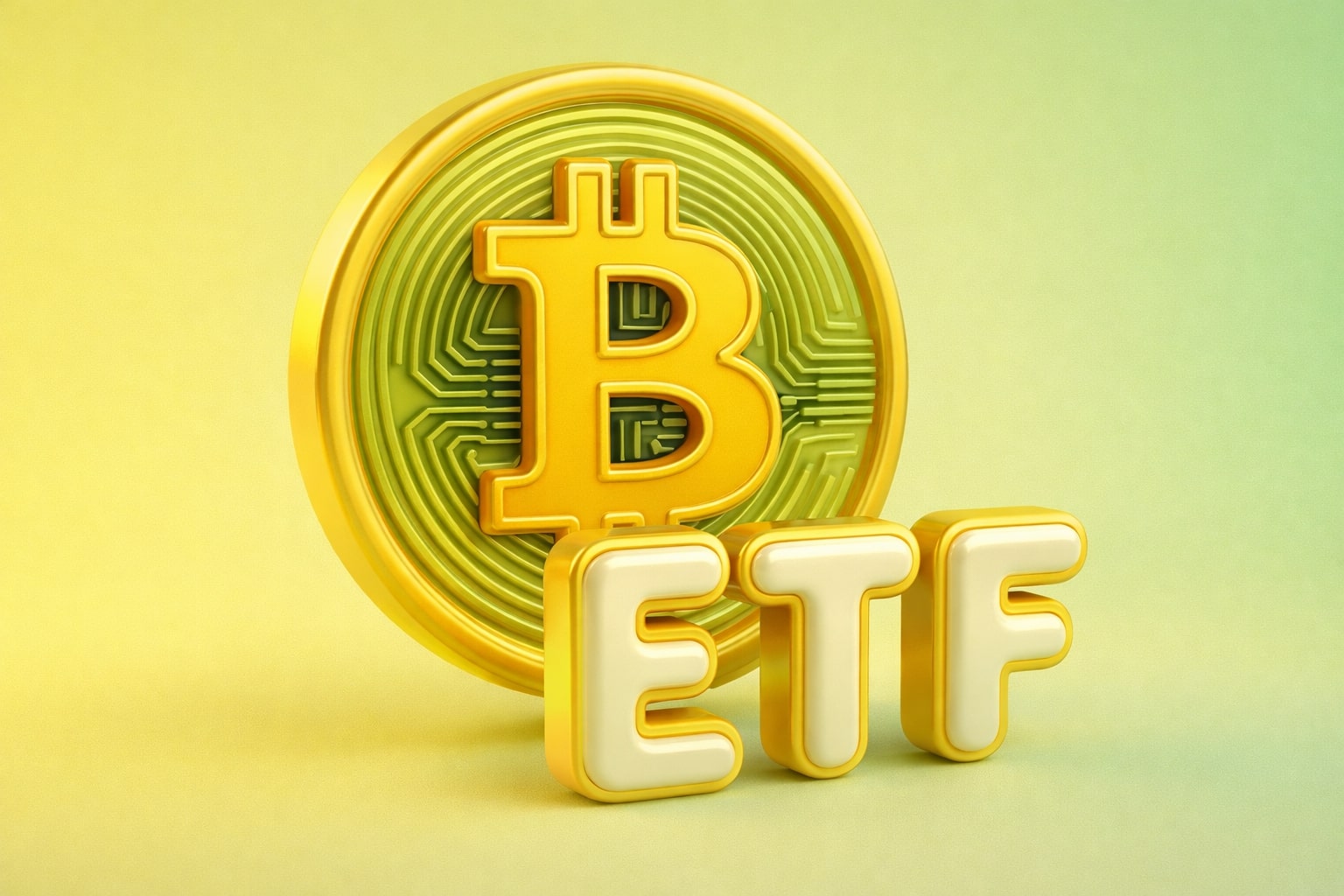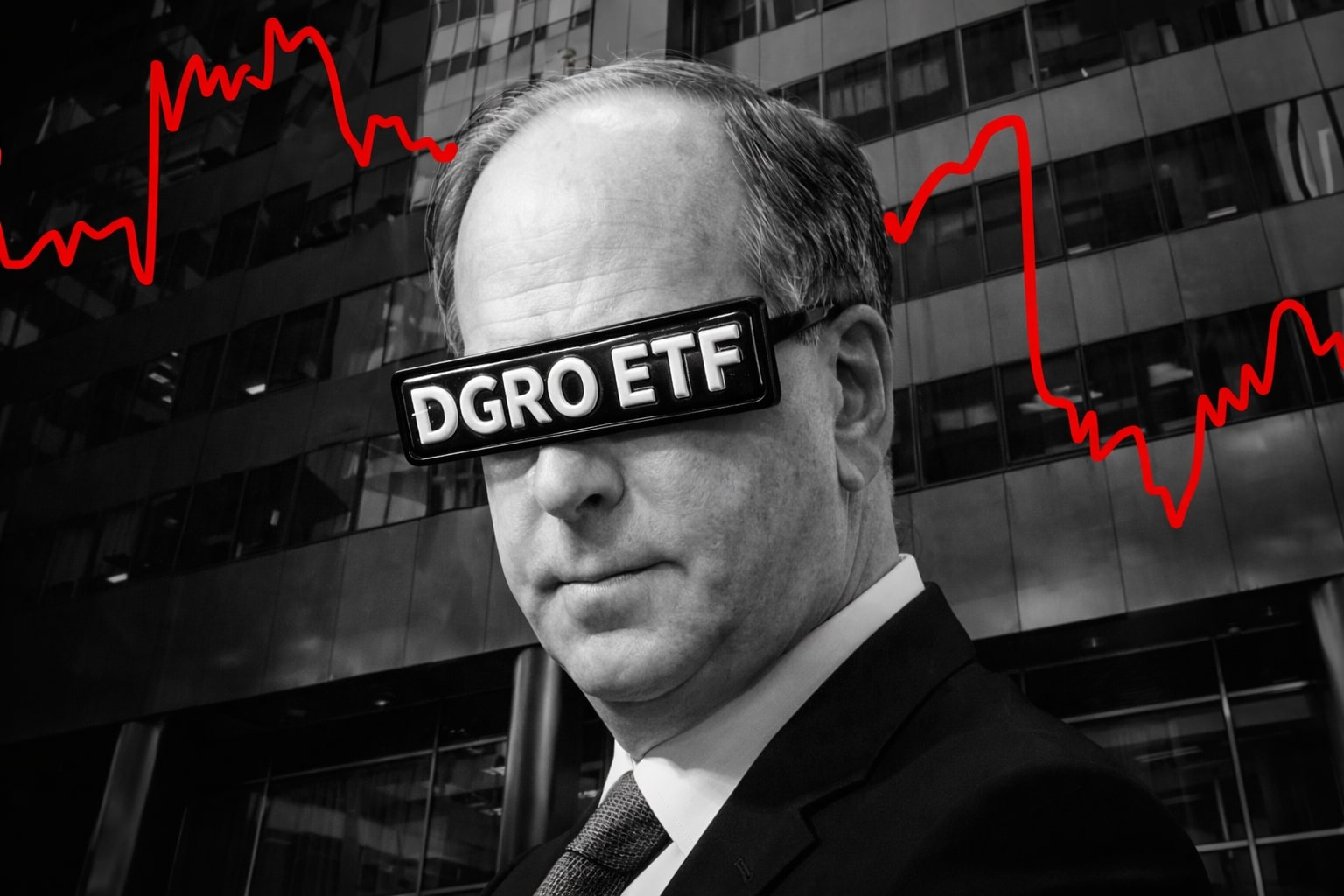
Is Ethereum on the Verge of a Bullish Reversal or Heading for a Deeper Correction?
With Ethereum trading near $1,521, will it break key resistance or sink lower? | That's TradingNEWS
Ethereum Price in 2025: Will It Overcome Market Pressures and Reach $2,000 Again?
Ethereum’s price has been under significant pressure, trading below key levels of $1,500, and facing several bearish signals. Recent market developments, including U.S. President Donald Trump’s back-and-forth tariff moves, have stirred volatile market conditions, making Ethereum (ETH) vulnerable to deeper corrections. The price recently dropped below its realized price, a key on-chain metric that tracks the value of Ethereum based on the last price at which each coin moved on the blockchain. When Ethereum’s spot price dips below the realized price, it’s historically seen as a bearish indicator. This price action echoes past scenarios where the asset saw dramatic declines, as witnessed during the Terra Luna crash in 2022 and the FTX collapse later that same year. These technical factors suggest Ethereum may be poised for further downside unless a significant shift in sentiment occurs.
ETH Realized Price: A Warning Sign for the Crypto Market
Ethereum's most recent drop below the realized price comes as a critical red flag for traders. The realized price metric tracks the average cost of all ETH that has been transacted on the blockchain, and historically, when ETH drops below this level, it signals that many holders are now at a loss, potentially triggering panic selling. This has led to predictions that Ethereum could witness further declines toward the $1,000 mark, a threshold that would mark another major correction in ETH’s price. The lack of buyer confidence, combined with Ethereum's bearish technical indicators, makes it appear that ETH is in the midst of a bearish continuation phase.
ETH ETF Flows and Investor Sentiment: Weak Demand Amidst Market Volatility
Ethereum's spot ETFs have shown significant outflows in recent weeks, with a net loss of $3.3 million on April 8 and a total of $94.1 million leaving the funds over the last two weeks. The outflows from Ethereum ETFs highlight a significant lack of institutional interest at a time when institutional demand was once considered a key driver of Ethereum’s price appreciation. The absence of fresh capital inflows signals waning confidence, as institutional investors appear cautious about the current market volatility. Despite a brief recovery after the tariff pause announcement, ETH has struggled to regain the strong upward momentum it had in 2024. Until this sentiment reverses, Ethereum may face continued pressure from lackluster institutional engagement.
Ethereum Derivatives Market and Whale Activity: A Struggle for Buying Confidence
The Ethereum derivatives market paints a similarly bleak picture. Open interest in ETH futures has declined sharply, down 48% from its peak earlier this year, signaling that traders are retreating from leveraged positions. This lack of enthusiasm for Ethereum in the futures market is compounded by negative funding rates, which indicate that the majority of market participants are betting against Ethereum. When funding rates turn negative, it suggests that short positions are dominant, and the market sentiment remains firmly bearish. Ethereum’s whales, who have historically played a significant role in market moves, have shown little accumulation in recent weeks, with the number of large wallets holding ETH remaining relatively stable. The absence of significant whale activity suggests that even the largest investors are uncertain about Ethereum's near-term future.
Competing Layer-1 Blockchains and Ethereum’s Declining Network Activity
Ethereum's dominance in the blockchain space is facing increasing competition from other layer-1 blockchains, such as Solana (SOL), BNB Chain, and Avalanche. These competitors offer lower transaction fees and faster throughput, drawing users and developers away from Ethereum. Over the past month, Ethereum's unique active wallets (UAW) have decreased by over 33%, while other blockchains like Solana and Tron have seen their network activity grow. Ethereum’s decreasing network activity, coupled with a decline in decentralized exchange (DEX) volumes, signals that Ethereum’s market share in decentralized finance (DeFi) is slipping. These factors raise questions about Ethereum’s future ability to maintain its leading position in the space, especially as newer blockchain projects gain traction.
Ethereum’s Technical Analysis: A Double Bottom May Provide Short-Term Relief
On the technical front, Ethereum has experienced a brief bounce, reclaiming some of the losses from its earlier decline, driven in part by news of Trump’s tariff pause. This short-term rally has led to speculation that ETH may form a double-bottom pattern, which could lead to a modest rebound. However, the overall trend remains bearish, as Ethereum’s Exponential Moving Average (EMA) structure continues to signal downward momentum. For Ethereum to move decisively higher, it would need to break above key resistance levels at $1,650 and $1,850. Without a strong push from the market, ETH could fail to regain those levels and might slip further toward the $1,300 mark.
Ethereum’s Long-Term Outlook: Can Ethereum Reach $10,000?
While Ethereum’s short-term prospects are uncertain, its long-term potential remains a topic of debate among investors. Some analysts believe that Ethereum’s ongoing upgrades, including the upcoming Pectra hard fork, could drive its future price growth. These upgrades are expected to improve scalability and make Ethereum more developer-friendly, potentially increasing its adoption in the DeFi and tokenization sectors. If Ethereum can capture more market share in tokenized real-world assets (RWAs), such as bonds and real estate, it could see significant price appreciation. However, Ethereum’s path to reaching the ambitious $10,000 target will require more than just technical improvements. It will need strong demand from institutional investors, greater scalability to compete with rival blockchains, and an improvement in broader market sentiment.
Is Ethereum Ready for a Rebound?
Given the current market conditions, Ethereum’s price trajectory seems uncertain. Despite recent gains, ETH still faces significant resistance from technical indicators and a lack of institutional interest. The absence of whale accumulation and weak ETF flows indicate that Ethereum may not be able to sustain its rally without a substantial shift in sentiment. Ethereum’s high gas fees, which have led to an exodus of users to more efficient alternatives, add to the challenges it faces. However, Ethereum’s ongoing development and upgrades, particularly the anticipated changes in May, provide hope for the future. If Ethereum can overcome its current technical and sentiment hurdles, it could begin to regain its footing and push toward the $2,000 mark once again.
Ethereum’s Competitors and the Future of the Blockchain Space
As Ethereum continues to struggle, its competitors are making significant strides. Solana, for example, has been gaining traction as a low-cost, high-speed alternative to Ethereum, drawing significant interest from developers and users. If Ethereum cannot address its scalability issues and reduce transaction costs, it may lose its dominance in the blockchain space. Ethereum’s future will depend on its ability to adapt to the changing landscape and regain the trust of its user base. Whether it can achieve this and see significant price growth, as some analysts predict, remains to be seen.
Final Thoughts on Ethereum’s Price Outlook
Ethereum’s path forward remains complicated. The bearish technical indicators and weak investor sentiment suggest that ETH may struggle to break out of its current downtrend. However, the upcoming upgrades, coupled with Ethereum’s dominant position in DeFi and tokenization, could pave the way for future growth. Ethereum’s price may remain under pressure in the short term, but long-term investors may still find value in the network’s evolving capabilities and potential for future adoption.
That's TradingNEWS
Read More
-
DGRO ETF Price: Is DGRO at $69.17 Still the Better Dividend-Growth Bet?
17.12.2025 · TradingNEWS ArchiveStocks
-
XRP Price Stuck Below $2 As XRPI at $10.74 and XRPR at $15.26 Ride $1B+ ETF Inflows
17.12.2025 · TradingNEWS ArchiveCrypto
-
Natural Gas Price Forecast - NG=F Steady Near $4 as TTF Jumps on Colder Forecasts and LNG Outage Risk
17.12.2025 · TradingNEWS ArchiveCommodities
-
USD/JPY Price Forecast: USDJPY=X 155.50 Pivot Before BoJ Hike and US CPI
17.12.2025 · TradingNEWS ArchiveForex

















